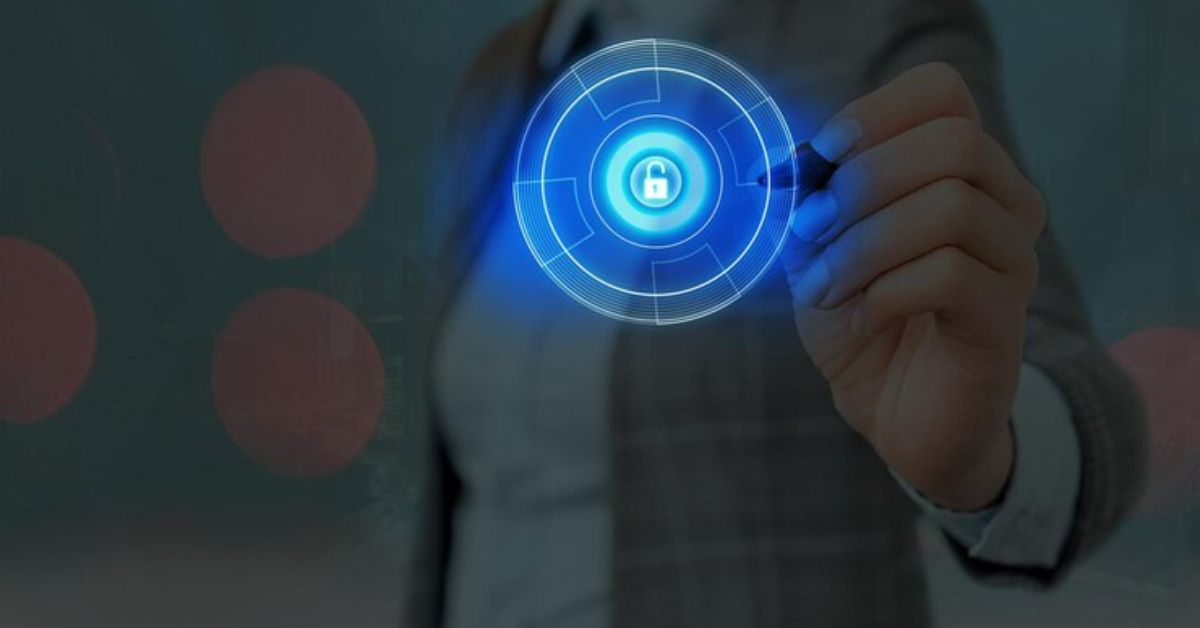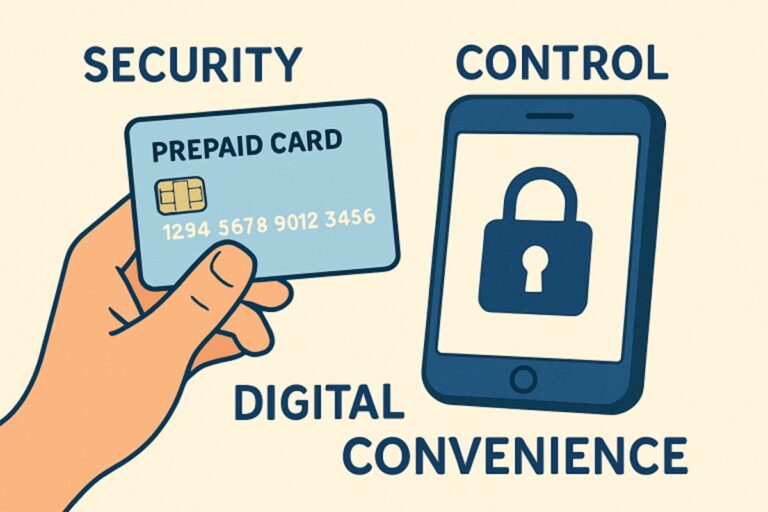The Shocking Truth About Data Privacy in the Future

Privacy is the new IT problem; rather, it is one of the most pressing global issues emerging at an ever-faster pace. As technology increasingly influences every aspect of our lives, how we safeguard our information dictates not only our digital security but also our personal and financial safety. The WhatsMyName App and many other tools designed specifically for OSINT username enumeration further expose how much information is freely available online. However, as we step into the future, the threats to our data privacy are changing at an alarming rate.
This article will explore the rising threats to digital privacy, the reasons conventional security solutions are no longer sufficient, and what individuals and businesses can do to protect their data online.
The Evolving Threat Landscape
The creativity and sophistication of cyberattacks are now mind-boggling. Criminals in the cyber realm are deploying technology to stay ahead of legacy defenses by devising new methods of compromising access to data, siphoning it off, or using it for criminal purposes. Here are three major new threats that have recently surfaced:
1. AI-Generated Phishing
AI is transforming phishing scams, enabling the creation of personalized, compelling messages that emulate the voice and tone of people you trust. Picture an email from your CEO seeking an immediate transfer, or a message from your bank demanding your sensitive information. AI-driven phishing is de facto indistinguishable from real communications.
2. Credential Stuffing
By taking advantage of weak (or duplicate) passwords, attackers can use an army of bots to test millions of username-password combinations, taking over many accounts in minutes. Lax data hygiene on popular platforms, meanwhile, is a treasure trove for these bots.
3. Synthetic Identities
Criminals have begun stitching together pieces of real identities, such as leaked email addresses or phone numbers, to create synthetic ones that can evade automated checks. Those identities are more complex to trace, so businesses are often left vulnerable to fraudulent transactions and data breaches.
Why Traditional Security Measures Fall Short
For decades, firewalls and antivirus software have been on the digital frontline. However, today, such measures alone are insufficient to guard against the very real cybersecurity threats we face. Here’s why:
- Static defenses, such as firewalls, can’t prevent breaches when criminals log in with stolen credentials.
- Over-reliance on passwords continues to be a critical weak point in enterprise and personal cybersecurity infrastructure.
- A lack of Contextual Analysis means traditional approaches fail to detect suspicious patterns, such as location or device changes, in login behaviour.
The modern attacker’s arsenal is too advanced and too subtle for static security solutions.
Identity as the New Perimeter
The idea of a secure network perimeter is dying, thanks to the explosion of remote work, cloud services, and globalized business. Now, identity is in the limelight in cybersecurity, not data.
Without being able to verify a user’s identity, businesses and individuals are unable to keep their data secure. This shift in the direction of identity-focused security underscores the need for robust identity verification and control mechanisms.
The Role of Multi-Factor Authentication (MFA)
Multifactor Authentication (MFA) is no longer a nice-to-have; it is the digital security baseline. MFA authenticates a user with two or more factors of identification (for example, something you know, along with something you have, or something you are), such as a password and a biometric reading, or a code sent to a verified email or phone number.
- Why MFA Matters: Even if one layer of authentication is compromised (such as a leaked password), secondary layers keep the account secure.
- Industry Standard: Tech giants like Google and Microsoft are pushing two-factor authentication as a mandatory feature, underscoring its importance in the fight against hacking.
The Financial Impact of Identity Breaches
The consequences of failing to secure digital identities can be catastrophic. According to the IBM 2025 Security Report, the average cost of an identity-based breach is expected to surpass $4.6 million. Here’s why these breaches are so costly:
- Regulatory Fines for Compliance Failures under Laws like GDPR and CCPA.
- Reputational Damage leading to lost trust and customers.
- Operational Disruptions caused by internal investigations, recovery efforts, and system downtime.
Beyond financial costs, breaches create lasting harm to customer relationships and brand identity.
Actionable Strategies for Enhanced Data Privacy
Protecting your digital identity doesn’t require expensive tools or advanced tech expertise. Here are some practical steps you can take today:
For Individuals
- Use a Password Manager: Services like LastPass or 1Password generate and store strong, unique passwords for every account, making password hygiene effortless.
- Enable MFA Everywhere: Activate two-factor authentication on all critical accounts, especially for banking, work email, and social media.
- Stay Alert: Double-check any unusual requests for personal information, even if they appear to come from trusted contacts. AI phishing scams are realistic, so be vigilant.
- Data Exploration Tools: Utilise tools like the WhatsMyName App to determine where your usernames are active online. This can help uncover unauthorised accounts impersonating you.
For Companies
- Implement Zero Trust Principles: Adopt a “trust nothing, verify everything” security mindset. Access permissions should be constantly verified, regardless of whether users are inside or outside the organisation’s network.
- Invest in Identity Detection and Response: Platforms like ITDR (Identity Threat Detection and Response) monitor for unusual access behaviour, flagging potential intrusions in real-time.
- Minimise Data Collection: Collect and store only the necessary customer and employee information to reduce risk in the event of a breach.
- Educate Employees: Regularly train employees to recognise cybersecurity threats, such as phishing, and to follow best practices for digital security.
The Rise of Tools like Idgod and Ethical Digital Monitoring
Efforts to combat identity theft have also spawned tools, including IDGod, which utilizes legitimate digital surveillance to identify potential identity weaknesses. Such tools, while disliked in some quarters, are increasingly used in digital threat-hunting operations.
Proactive Data Privacy is the Only Way Forward
The inevitable reality of data privacy in the future is this: the risks are escalating, and it’s up to you to protect yourself. And whether you’re running a business, handling IT security, or protecting your identity, taking a proactive approach is essential.
If you practice what’s discussed above, you’ll be more than one step ahead of the next step in cybersecurity. From arming yourself with unprecedented technology to transforming the world’s most iconic addresses into your mailing address, what you do today helps bring you closer to the digital future where you belong.






